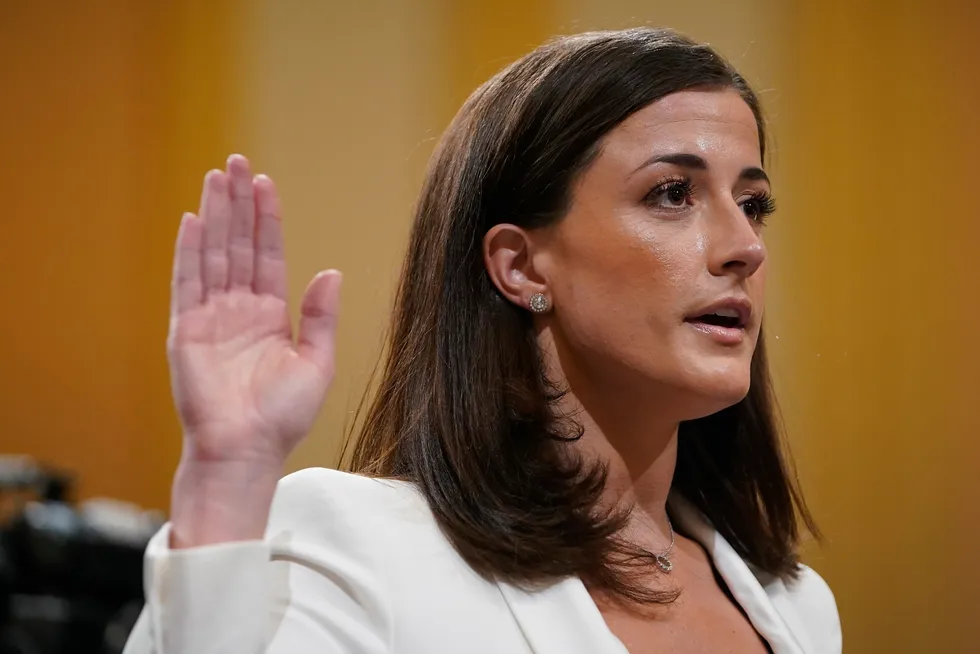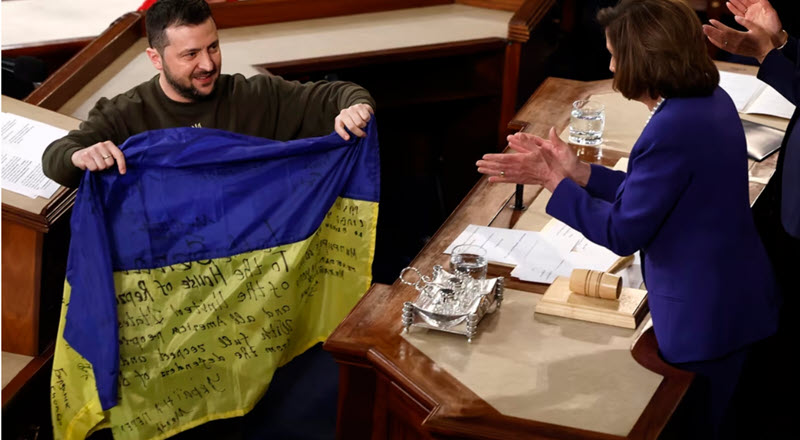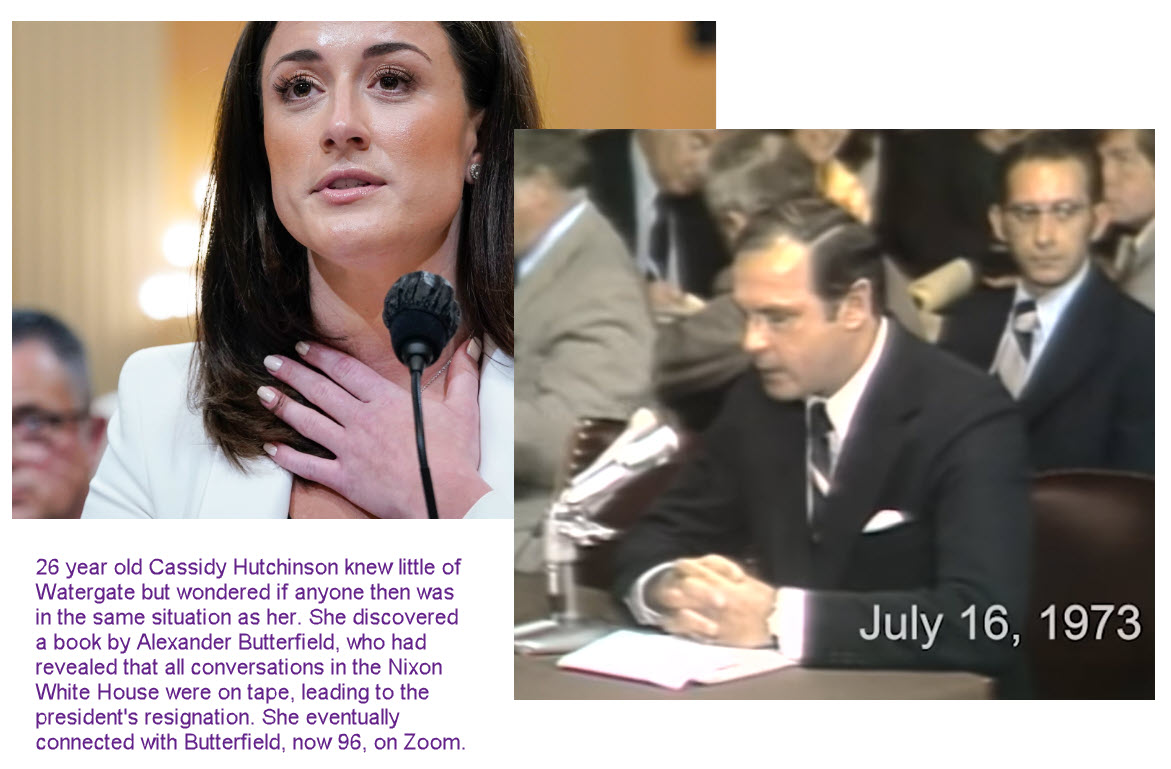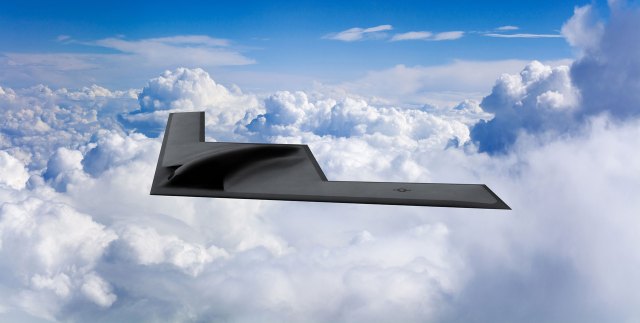Fox Buries the News While Russian Asset Tucker Carlson Trashes Zelenskyy
On Monday of Christmas week, the House select committee investigating the January 6, 2021, insurrection met for the last time to refer to the Justice Department for possible prosecution four charges of crimes committed by Donald Trump.
Also released was a 154-page summary of the leviathan full report that would drop later in the week. It told us that a Trump-team lawyer coached Cassidy Hutchinson to say she couldn’t recall to questions she clearly did but that Trump would rather not be answered. We learned that Trump aide Hope Hicks and White House lawyer Eric Herschmann had called for Trump to urge peacefulness, but that Trump “refused.”
And we learned that a stunning 30 witnesses had pleaded the 5th. The amendment, let’s remember, says that a witness believes that a true answer would imply involvement in a criminal act. There is still that much to hide.
On Tuesday, the House Ways and Means committee voted to release six years of Trump’s personal and business tax returns to the public after a years-long battle. They showed as little as $0 paid in one year and $750 in two others.
On Wednesday came the realization that Trump had repeatedly lied about his tax returns being under audit, that the fix was in at the IRS where stunningly in violation of regulation his returns had never been audited unlike those of all presidents since Nixon.
If you tune in to Fox for your news at night after work, as do most of the channel’s viewers, you would not have learned of any of this. We tracked through all three nights of Tucker Carlson’s and Sean Hannity’s shows and there was not a single mention of what was happening, except for one passing comment by Pete Hegseth, substituting for Hannity, who dismissed all of the House January 6 hearings as “pointless” and immediately moved on first to ridicule Joe Biden’s fabulist personal reminiscences, and then to promote his special “Life of Jesus”.
One or the other or both shows constantly feature the Biden administration doing nothing about the border crisis and the liberal media’s burying the Hunter Biden’s laptop story, and they again did so these three days. The first is a huge story, the second raises serious questions about the press, but the hours are then filled with an often odd choice of avoidist topics such as a former wrestler fighting off an intruder, an arrest at a spa for indecent exposure, Stanford University’s index of forbidden words, UFOs, etc. Yet here we watched a cable channel that has ‘news’ in its corporate name conduct a total blackout of events – criminal referrals of a former president of the United States — that have never happened before.
Over on MSNBC, the difference was striking. Standard programming was shelved and a panel of five, including lawyers, picked their way through the referrals and the 154 pages in realtime for a couple of hours so as to bring this material to light for viewers.
And on Wednesday, Volodymyr Zelenskyy came to Washington to thank America for its support and to make the case for more in a stirring and historical speech before a joint session of Congress. “I was thinking personally how hard this guy works, travelling to the front one day and travelling to Washington the next”, commented Yale Professor of History Timothy Snyder, “and here he comes to us and speaks to us in our own language”, the third language for the Ukraine president. Putin’s man at Fox
We apparently have a fifth column in this country led by Tucker Carlson, Fox News’s biggest draw. That’s defined as ” any group of people who undermine a larger group or nation from within, usually in favor of an enemy group or another nation.” Carlson is so on the side of Russia that videos of his comments on Fox are replayed regularly on the newscasts of Russia’s largest television and radio company, V.G.T.R.K. On Wednesday night, with Zelenskyy’s speech to Congress on split screen, Carlson showed that what mattered most to him was not the desperate struggle of the Ukrainian people, freezing without heat or light or means to cook food, was Zelenskyy’s attire: “As far as we know, no one’s ever addressed the United States Congress in a sweatshirt before, but they love him much more than they love you.” He drew a parallel between alleged swindler Sam Bankman-Fried and Zelenskyy “when the president of Ukraine arrived at the White House, dressed like the manager of a strip club and started to demand money. Amazingly, no one threw him out.” Carlson would clearly prefer to cut Ukraine adrift and let Russia take Ukraine and, it can only be assumed, other countries: “The point of today’s visit to Washington was not to make the world more stable or make wise decisions…The point was to fawn over the Ukrainian strip club manager and hand him billions more dollars from our own crumbling economy. It is hard, in fact, it may be impossible to imagine a more humiliating scenario for the greatest country on earth.” From his comfy riches in the U.S. where he is incapable of conceiving the hell Zelenskyy and his people have been going through for the last ten months, Carlson, whose idea of masculinity is the homoerotic “bromeopathy” therapy of “testicle tanning”, mocked Zelenskyy in a photo alongside U.S. lawmakers “in a skintight polo shirt, flexing like a weightlifter and trying to look ferocious…What a hunk. So strong and decisive”.
He of course brings up the trope, “Ukraine’s borders matter. Ours don’t matter”, as did several in this week’s interviews with those on the right such as the dim Marsha Blackburn as if the pursuit of the one means the abandonment of the other, as if there’s an easy solution to the southern border if only attention be paid and Ukraine be ignored.
He quotes Mitch McConnell saying defeating Putin is, “the number one priority among Republicans” and Carlson asks him “before our own economy?” and “more important than your nephew dying of fentanyl?” That inadvertently raises the interesting question of whether helping Ukrainians stay alive to fight our now arch-enemy Russia is indeed more important than concern for the idiot drug-using nephew. “I think we saw greatness”, said Snyder
Zelenskyy’s strident speech drew an emotional response from all but cynics like Carlson and several times brought the entire Congress to their feet in applause. MSNBC saw the parallel of Winston Churchill’s address to the full Congress on December 26, 1941, just 19 days after the Pearl Harbor attack by Japan, and brought up archival film: “Here we are, together, facing a group of mighty foes who seek our ruin. Here we are, together, defending all that to free men is dear.” Zelenskyy drew the parallel between American troops besieged before Christmas of 1944 in the Battle of the Bulge and Ukraine’s Christmas under the hell of bombardment by the Russians. His most significant point was this: “Thank you for both financial packages you have already provided us with and the ones you may be willing to decide on. Your money is not charity. It’s an investment in the global security and democracy.” For Carlson, “He’s the houseguest who would not leave. And every moment we tolerate him, the demands become bigger.”
When the House changes control January 3rd, we can expect a Republican faction will begin lobbying for reducing or ending support for Ukraine. They cannot see past the money to the strategy. Zelenskyy made the point that they seem incapable of finding on their own.
Timothy Snyder understands the Ukrainian president’s message incontrovertibly. His expertise as a historian is Zelenskyy’s corner of the world and the atrocities it experienced in the 20th Century. He wrote “On Tyranny: Twenty Lessons from the Twentieth Century” and “Bloodlands: Europe Between Hitler and Stalin”, the most horrifying book you will ever read in its relentless tallying of the tens of millions starved and slaughtered additional to the millions killed in the war itself in the swath of lands between Germany and Russia, encompassing principally Ukraine and Poland. Snyder has this lesson for Carlson: “Sometimes Republicans use the phrase ‘blank check’ but the check isn’t blank. There’s a number on the check that we give to Ukraine, and it’s not a big number. It’s about 2 percent of our total defense budget, so really a rounding error. It’s about 5 percent of what we spend on the F-35 fighter program alone. And for that money… what Ukrainians have done is that they’ve put a major war in Europe beyond the horizon because they’re fighting it now. They’ve also improved our security around the world…made it much less likely that China will try something in Taiwan…So we’ve spent relatively little money and we’ve gotten frankly an embarrassing amount of security in return.” You could say that David Frum, who writes for The Atlantic, is also embarrassed: “President Zelenskyy came to say thank you and maybe he knows and maybe he doesn’t that one of the talking points of the MAGA-right, the anti-Ukraine faction in American politics, has been to criticize him as ungrateful, maybe even a little uppity, and to seize on details like his clothing to say that he’s not grateful enough so he expressed gratitude over and over again. I don’t know about others, as he did that, I felt a pang of something like shame, that the United States has given generously of money, generously of equipment, but in the end these are only things. Zelenskyy’s people are giving their lives. They are suffering through without heat, without light to defend their country…I think what we need to say is thank you to them. They’re shedding blood. They’re giving their sons, their daughters, they’re giving everything.” Nicholas Kristof, who had just gone to Ukraine, expressed the realpolitik of why we should support Ukraine in a New York Times opinion piece: “The fundamental misconception among many congressional Republicans (and some progressives on the left) is that we’re doing Ukraine a favor by sending it weapons. Not so. We are holding Ukraine’s coat as it is sacrificing lives and infrastructure in ways that benefit us, by degrading Russia’s military threat to NATO and Western Europe — and thus to us. ‘They’re doing us a favor; they’re fighting our fight,’ Wesley Clark, the retired American general and former supreme allied commander of NATO forces in Europe, told me. ‘The fight in Ukraine is a fight about the future of the international community.'” This should be crystal clear to anyone who grasps our national interests. Put another way, anyone who argues the opposite is either irremedially obtuse or should register as an agent for Vladimir Putin. For example, Mr. Carlson, in closing out his rant, works himself into a frenzy with: “So the leader of a foreign government dressed in a sweatshirt waltzes into the United States Congress and starts demanding money. And then has the gall to tell the people sitting there, who are giving him tens of billions of dollars more of your money, that it is not charity, it’s an investment. Really, what are the returns on that? And by the way, what’s the point of it? What is the goal here? What’s the justification for it? Do we have a historic debt to Ukraine? Do we have a historic animosity with a non-Soviet Russia? No, no. How do we win here? What’s in it for us? Isn’t this our country? And where do you [Zelenskyy] get off talking to us like that? Do we hate ourselves so much? Do we have so little respect for the United States of America that we put up with that, that we’ll applaud it? Thank you, sir. May I have another? What’s wrong with us? What’s wrong with our leaders? And where is this going?”
On Thursday, the 845-page final report of the January 6 committee was released. MSNBC immediately marshaled three of its crew of legal analysts — former U.S. Attorney Barbara McQuade, lead Mueller prosecutor Andrew Weissmann, and lead majority counsel of the first Trump impeachment Daniel Goldman – to rifle through the document the moment it hit, as well as to go through some of Cassidy Hutchinson’s
We didn’t bother listening to Fox this time. For sure its audience heard none of that. Maybe not even told there is now a monumental report now being printed on its way to the public. Maybe they were once again drumming into their viewers’ heads another favorite meme, that rioters weren’t to blame, that the security lapse that allowed the breach of the Capitol was Nancy Pelosi’s fault. 
Cassidy Hutchinson, deemed the most
important witness of the Jan. 6 hearings.
President Volodymyr Zelenskyy presents Ukraine battle flag to House Speaker Nancy Pelosi.
riveting testimony about candidate for disbarment Trump lawyer Stefan Passantino telling her, mob style, “We’re gonna get you a really good job in Trump world. You don’t need to apply to other places. We’re gonna get you taken care of” if you “keep your answers short, sweet, and simple, seven words or less.”




